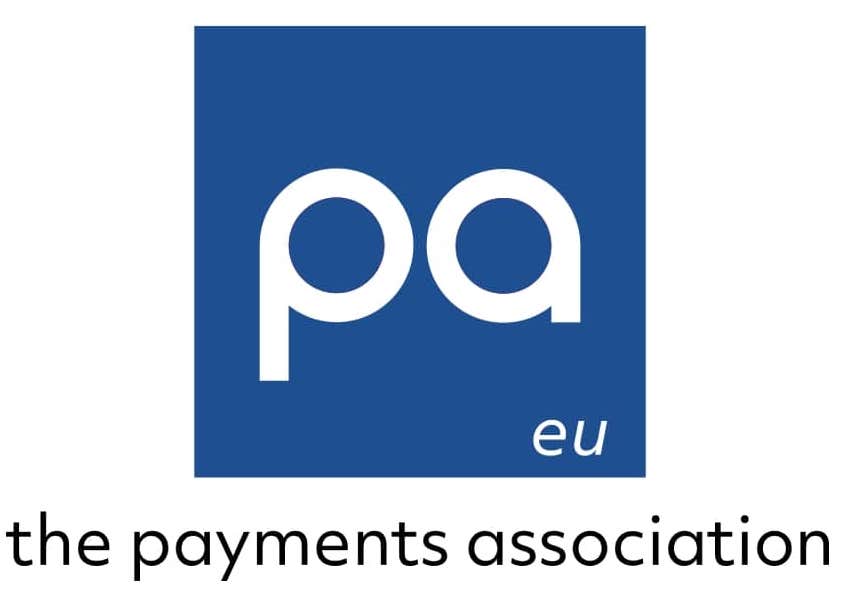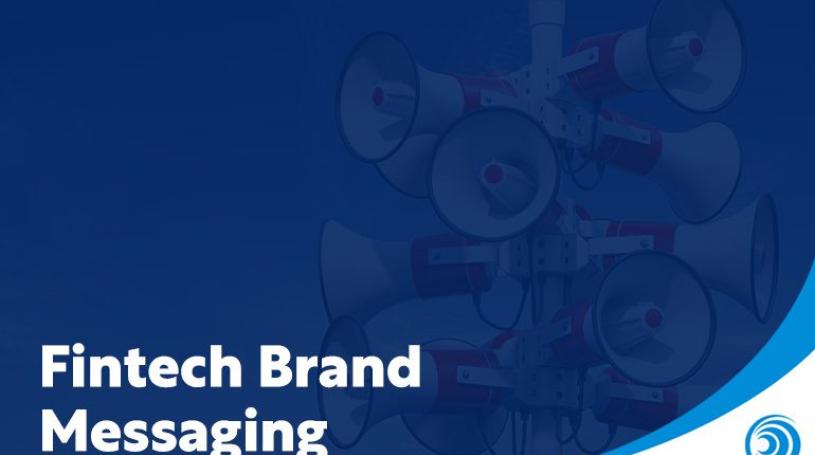The visual aspects of a brand are often the elements people focus on, but it is your underlying messaging that will truly resonate with your customers.
When developing your fintech messaging strategy, the message you craft should suit both you and your customers. This is so you are staying true to your brand values and mission, as well as meeting your customers wants and needs.
In this article, we will take a deeper look into the importance of a fintech messaging strategy and its 3 principles.
Let’s begin…
What is fintech brand messaging?Marketing messaging is the words you use to communicate with your audience to convince them to do business with you.
It is through messaging that your customers can gain an understanding of your brand’s beliefs and ideas, which helps them form an opinion of your company.
Brand messaging holds more focus on communicating long term goals and building a positive brand reputation.
Your fintech’s brand messaging is incremental in helping you meet your business goals – it’s the difference between a new acquisition or sending a potential customer to your competitor.
It should be treated with the same care and attention that you reserve for visual branding. Give it the attention it deserves – craft it with care and ensure it's tailored to your target market, addressing its pain points, and presenting a solution.
Your messaging will differ depending on the target audience – whether you’re working with B2C or B2B, or both. In all cases, it is important that your company’s message speaks to their very needs and builds a rapport with them, particularly with
59% of shoppers preferring to buy from a brand that they trust.
What’s the difference between messaging and visual branding?
Messaging is an integral part of branding, but it should not be confused with your visual brand identity.
To recap, your messaging represents your business’ underlying beliefs and values. Your company’s message makes an impression on your target market and builds a rapport with them.
However, visual branding is what defines your brand’s identity. This can be anything from your logo and corporate colours to your brand name and imagery.
Visual branding focuses on your business’s identity and offers value to your customers – setting your brand apart from the competition.
Why does messaging matter?
Your brand lives in the mind of your customers.
Making it imperative that you create a clear, consistent, and accessible message that builds trust in your brand; in turn, creating brand loyalty and business growth.
If you don’t take the time to carefully develop your messaging, you risk not being able to connect with your customers and shape the mind of your audience.
3 principles of fintech brand messaging
Let’s investigate the different elements that make up your marketing messaging…
Understanding your target audience
A brilliant marketing message will address what’s relevant to potential customers.
Ensure your fintech’s messaging addresses the problems of your customers clearly and concisely.
Then make certain that your message shows a clear path to the solution to their problem.
Value proposition
Your messaging should clearly state your business’ value proposition.
A value proposition is a statement that clearly communicates the benefits of your products or services to your customers.
Your value proposition should demonstrate your unique selling proposition (USPs) and why your customer should buy into your product/service.
In your messaging, your value proposition should be front and centre. Communicate it through social media posts, blogs, and your website.
Tone of voiceYour business’s tone of voice is equally important as it demonstrates personality.
It is how you articulate your brand’s character through words. It is not what you say, but how you say it, and the impression it makes on your target audience.
Your tone of voice is used in all aspects of your marketing, from your website to social media posts.
Consistency is key. All content you produce should have the same tone of voice. Keeping a consistent tone throughout every interaction ensures that your audience always hears the same 'person’ speaking.
A harmonious tone of voice will build trust amongst your customers and create brand loyalty, showing you’re a reliable business to do dealings with.
Whereas, an inconsistent tone of voice will lead to your customers being wary and untrusting of your company.
An example of fintech marketing messaging
Coinbase has demystified crypto trading through its messaging.
Cryptocurrency can be complicated to comprehend; so, Coinbase decided to build its messaging around that fact.
Since they want to target the everyday investor, they explain how to invest in crypto trading in the simplest terms.
As well as providing clarity, Coinbase’s messaging talks a lot about security.
Combining those two key themes, which are crucial to its customers, helps to remove two of the biggest barriers in the crypto world: confusion and safety.
Conclusion
When launching and developing your fintech proposition, it’s important to think about what message you want to put across to potential customers.
Your messaging will give your target audience an insight into the core beliefs and ideas – so, you want to make sure they’re fit for you and your customers.
Messaging should not be confused with branding. Your branding and messaging should go hand in hand and complement one another.
When crafting your messaging, you must bear your value proposition, target customers, and tone of voice in mind.
If you’re a fintech start-up or an established fintech trying to re-develop your fintech messaging, get in touch. Together,
we will help tell the story of your business.

